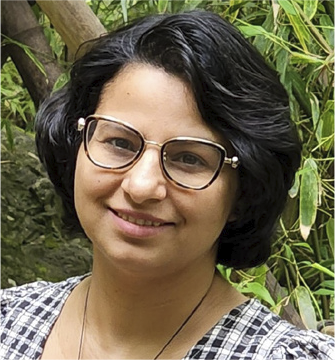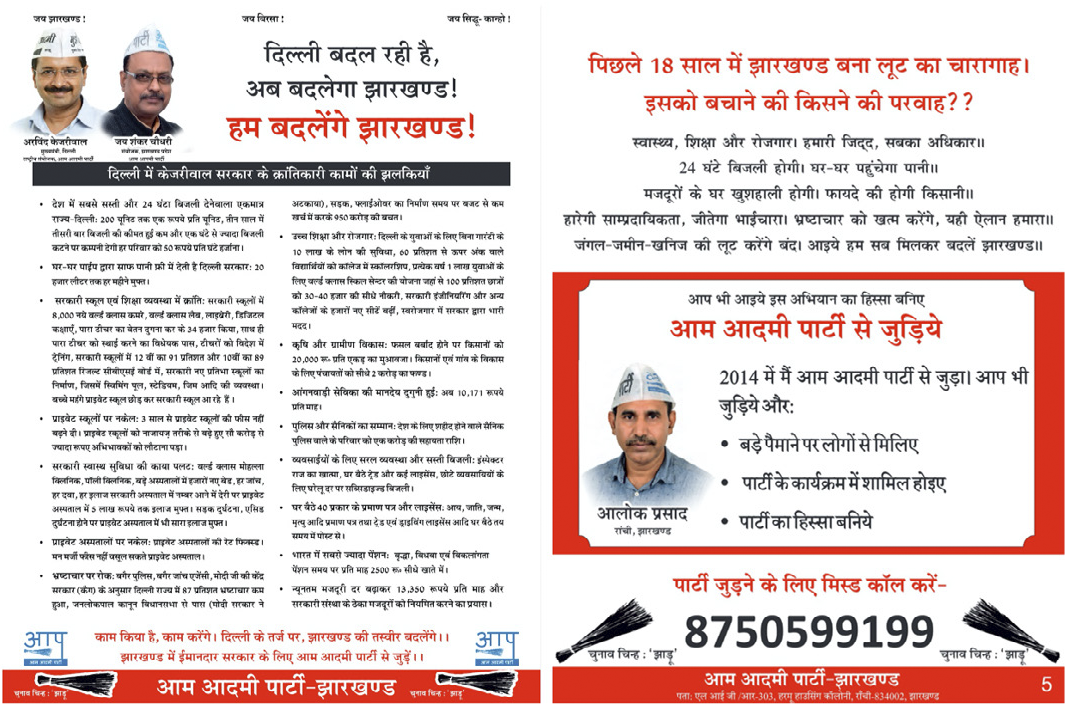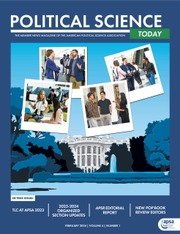Political parties, often constrained by limited financial resources, must find creative ways to recruit activists to mobilize voters. A study by Saad Gulzar, Durgesh Pathak, Sarah Thompson, and Aliz Tóth, in collaboration with the Aam Aadmi Party (AAP) in India, explores how non-monetary incentives can play an effective role in both attracting and retaining grassroots party activists.
AAP emerged from the India Against Corruption movement in 2013. Since then, it has successfully formed governments in New Delhi and Punjab in addition to winning some seats in the Indian Parliament’s lower house (Lok Sabha). In 2018, the authors collaborated with AAP to recruit unpaid party workers in Jharkhand state of India in preparation for the 2019 national elections and the 2020 state elections. These volunteers were responsible for canvassing households, assisting voters during elections, and acting as local liaisons for the party. The recruitment strategy involved distributing 150,000 pamphlets in 60 of 81 state assembly constituencies.
A typical pamphlet featured information about the party’s achievements along with the name, photo, and personal testimony of a current member highlighting the benefits of being a party worker. The pamphlet also included a phone number for an interested individual to contact the party. Once they expressed interest by calling, they were given an onboarding survey to complete.
The results of the recruitment drive demonstrated that distributing pamphlets was an effective strategy for recruiting local party workers. For every 1,000 pamphlets distributed, 7.5 new members joined the party. To assess long-term engagement, the authors further conducted a retention survey three years later and found that 1.6 members per 1,000 pamphlets continued to engage with the party’s activities.
The party also experimented with 10 different versions of pamphlets by varying both the picture of the party worker and the highlighted benefits of becoming a party worker. First, the images featured a male or a female party worker. Second, each pamphlet emphasized one of the four key benefits: the opportunity to receive party nomination for future elections, prospects of developing leadership and organizational skills through party work, the broad appeal of supporting the party’s anti-corruption ideology, or the chance to influence state policies and developmental priorities. Each pamphlet included a unique phone number, allowing the party to track responses based on the specific pamphlet version.

The research revealed that pamphlets featuring a female party worker attracted 19% more recruits compared to those with a male party worker. Pamphlets emphasizing the prospect of candidacy in future elections yielded the highest number of recruits, even from historically marginalized groups based on caste and tribal status. This version also drew the most skilled recruits–those who were educated, employed, and had prior volunteer experience. Additionally, long-term retention survey results revealed that pamphlets featuring a photo of a female party worker were effective in retaining party workers, particularly those from excluded castes and tribes.

This research improves our understanding of party functioning and demonstrates that non-monetary appeals of building grassroots party workforce work and can offer long-term benefits for party development. The research highlights the role of inclusivity, gender representation, and career advancement opportunities in attracting a diverse and skilled group of party workers. The findings dispel the concern that non-financial incentives might attract low-skilled recruits, showing instead that this approach can draw highly qualified volunteers. Overall, this study offers valuable insights for political organizations worldwide seeking to build a committed and capable volunteer base.■
GULZAR, SAAD, DURGESH PATHAK, SARAH THOMPSON, and ALIZ TÓTH. 2024. “Can Party Elites Shape the Rank and File? Evidence from a Recruitment Campaign in India.” American Political Science Review: 1–20. https://doi.org/10.1017/S0003055424000649

